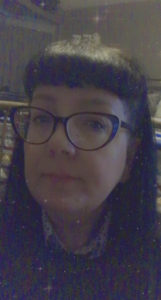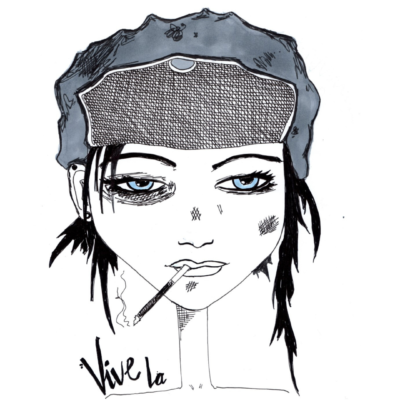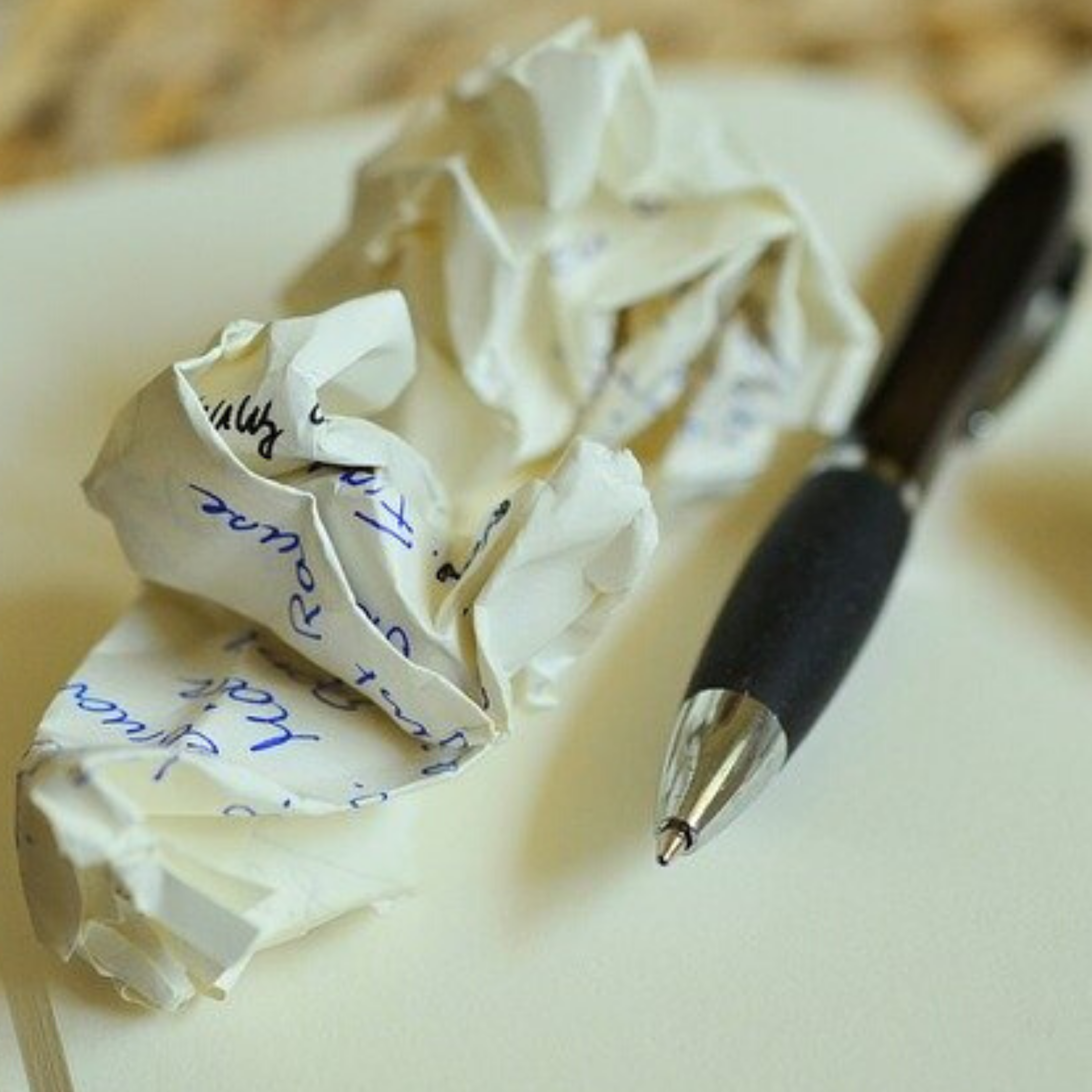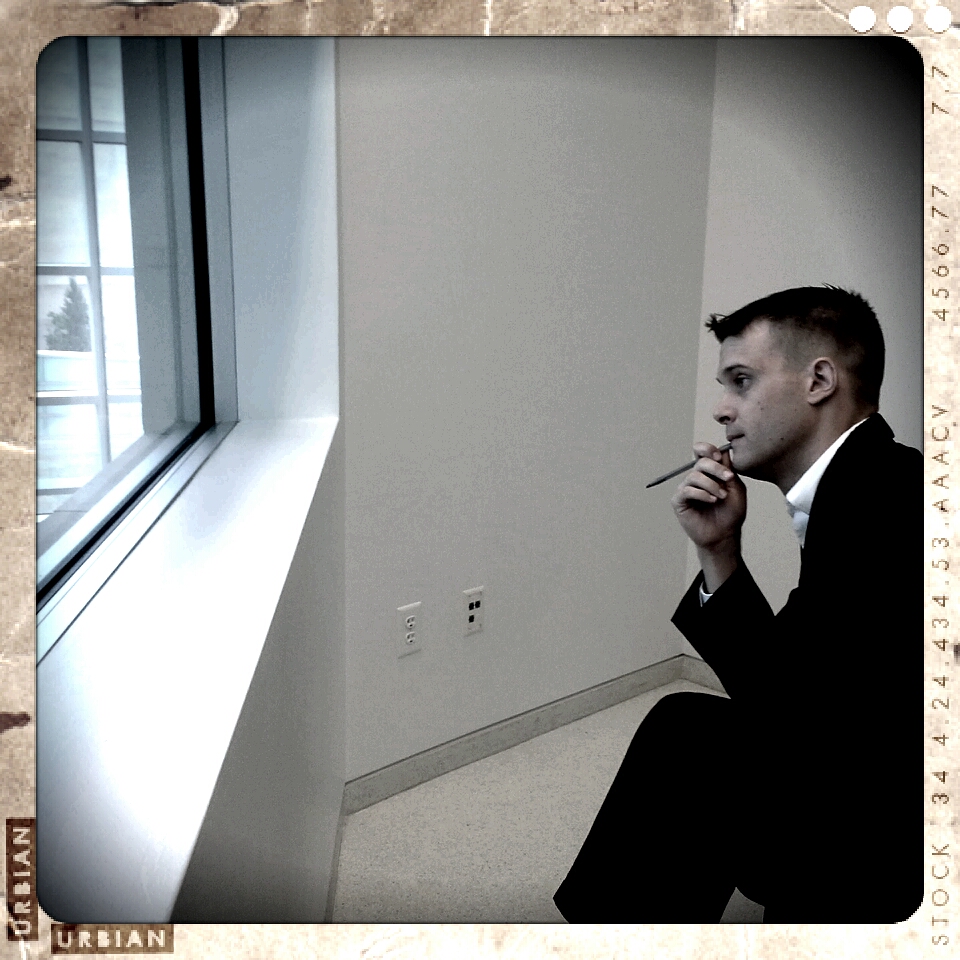Browsing through the table of contents in Lee Ann Roripaugh’s tsunami vs. the fukushima 50, there is an unencumbered feeling of veracity. Switching between references to a tsunami like it is a feral entity and classic superheroes, the battle is already bounding from the page, preparing the reader for a colossal encounter. In 2011, resulting in the Fukushima Daiichi Nuclear Disaster, nature catapulted a storm only Marvel or DC Comics could have compounded, and to that Roripaugh’s answer is raw and emotional. Devastation crippled a country, both nature and man collided, and yet what Roripaugh captures was the humanness that lays in its wake. Tsunami vs. the fukushima 50 is a combination of wonder and tragedy, nature and man vying for control, the latter as lethal together as water and electricity.
Roripaugh’s book reads like a testament to nature as she uses the personification of the tsunami in a series of onslaughts to the human psyche, making it difficult to not see the admiration of it through the havoc. The impending incredulous veneration begins with Roripaugh delving into its lure and appeal in “dreaming tsunami”:
she drowns at night
in deep cold sweat / dreams
she’s a sea monster
(hypnosis of dust motes / dead calm) (Roripaugh 5)
Roripaugh continues this reverence in the tsunami in “beautiful tsunami,” as she equates the accumulation of time to that of a teenager. The simile is ideal when she says:
“she’s a mega-tsunami of pure hubris
cross-dressed in high femme
splashy / shiny / crystalline
all liquid curve and fluid light
with her Hello Kitty barrettes
pink glitter ribbons furbelowing” (Roripaugh 32)
Roripaugh attacks the idea that a tsunami is malicious, describing it instead as magnificent and reasonably angsty, like a teenager with whom we identify. Roripaugh’s addition of words like “high femme,” “splashy,” and “shiny” help develop and define its face. A tsunami may be intimate, but can also be seen as graceful and winsome, if separating out human gravity. Unfortunately, a tsunami will emulate its destructiveness no matter the painted face.
The title of the collection, tsunami vs. the fukushima 50, highlights the tsunami and the employees of the nuclear power plant as rivals. However, in the debate on who is the victor of the battle, no one could be further from finding the answer than the reader. Roripaugh presents the vigor and vitality of the people in the same light as superheroes. Her obeisance to them is epically displayed. To begin, Roripaugh aligns her defenses with the Sandman. In “miki endo as flint marko (a.k.a. sandman),” she narrates:
“After the tsunami took me
I was both here and not here
I mean I was everywhere,
But also nowhere all at once
Does this seem strange to you?” (Roripaugh 23)
Roripaugh transforms Miki Endo, a survivor of the events in Fukushima, into that of the fictional character of the Sandman. The Sandman brought to life by Marvel is a tale of a man who comes in contact with sand that had been exposed to radiation from a nuclear reactor (which changes his molecular structure). This is a staggering analogy, and pertinent. To think of the people who opened their eyes after the tsunami hit and lived through the Fukushima Daiichi disaster, it must seem like something from a dark comic, but in reality, Miki is living it. He looks the same, but he is changed. March 11, 2011, lives in him and is now a part of his genetic makeup. His vision is no longer tunneled, he cannot unsee the past because a part of it lives in his every reaction, his every thought, and the tsunami made sure of it.
There could not have been a better contender in tsunami vs. the fukushima 50, than “radioactive man.” The narrator has been dubbed this pseudonym after harboring the most radiation anyone had ever seen and lived to talk about. He trudges the landscape caring for the animals left behind, that no one else could save, and it becomes his rite of passage. Roripaugh serenades the reader with heartbreak:
“Sometimes I think of visiting
My two kids, who live
With my ex-wife in Tokyo,
But then I remind myself
Of the invisible dust coated
In cesium particles that’s in
My clothes, my hair, my skin” (Roripaugh 12)
The narrator is free to walk the contaminated streets and land of yore, unburdened. People see him through a hazmat suit, and he eludes to the idea of living an alternate life than those coming to speak to him, much like the premise of the Watchman comics. The similarities are remarkable and to make the comparison of life to that of a DC Comic shows that reality is just as “super” as man is “hero.” Roripaugh pouncing on this idea shows how humanity wistfully wants to wish it were not a reality, but in the same token how it cannot turn its back on those who need to be saved, proving the fight against the tsunami is a draw.
“Kikuchi octopus” is one of Roripaugh’s finest examples of laying it all on the line. The Fukushima Daiichi nuclear disaster was as much man-made as it was a result of the tsunami. Roripaugh’s poem is an attestation to the endless efforts put forth to mend the suffering, if not for their country but themselves. “kikuchi octopus” touches on the efforts the factory workers made to cool the reactors, who stayed behind with no thought to the peril they were putting themselves in. Roripaugh writes:
“Doc Ock becomes cyborg during
a nuclear accident –tentacles fused to
his body, brain rewired to manipulate
the prosthetics by Wi-Fi telepathy
octopuses can recognize human faces” (Roripaugh 63)
With another reference to superheroes, this one comes with a surprising correlation. In the Spiderman comics, Doc Ock becomes fused with an apparatus after a radiation leak, and it could be said that those who stayed behind became fused with the plant. The workers did not have time to think of the consequences of the accident but worked feverishly to gain some control in a live plant. They worked based on impulse much like an octopus, or a cyborg, extending beyond their human capabilities. Not surprising that the robot built to clean the rubble of the plant takes on the concept of Doc Ock and is referred to as the octopus. Both the human entities that stayed long after the tsunami hit and the robotic apparatus built to facilitate recovery efforts share the same goal, to make Fukushima livable again. Ironically, the last line of the poem depicts the truth of the matter. Kikuchi will receive accolades, human accolades, and the workers will never see the same recognition. The Fukushima 50 remain faceless today, never publicly unmasked because of backlash they would receive as employees of the nuclear power plant, whereas the “kikuchi octopus” “can recognize human faces” and live in the limelight (37).
Lee Ann Roripaugh’s tsunami vs. fukushima 50 is a visionary experience of emotion, as she rides the ebb and flow between perseverance and renewal. Through her poetry, which personifies the tsunami and delineates humans as superheroes, Roripaugh cleverly nudges us to contemplate our responsibilities to the planet while illustrating the virtuousness and the resilience of humanity.

Brandy Underwood is in pursuit of a BA in English at Nevada State College. She primarily writes horror fiction. In her spare time, she likes to watch movies and go to concerts.


